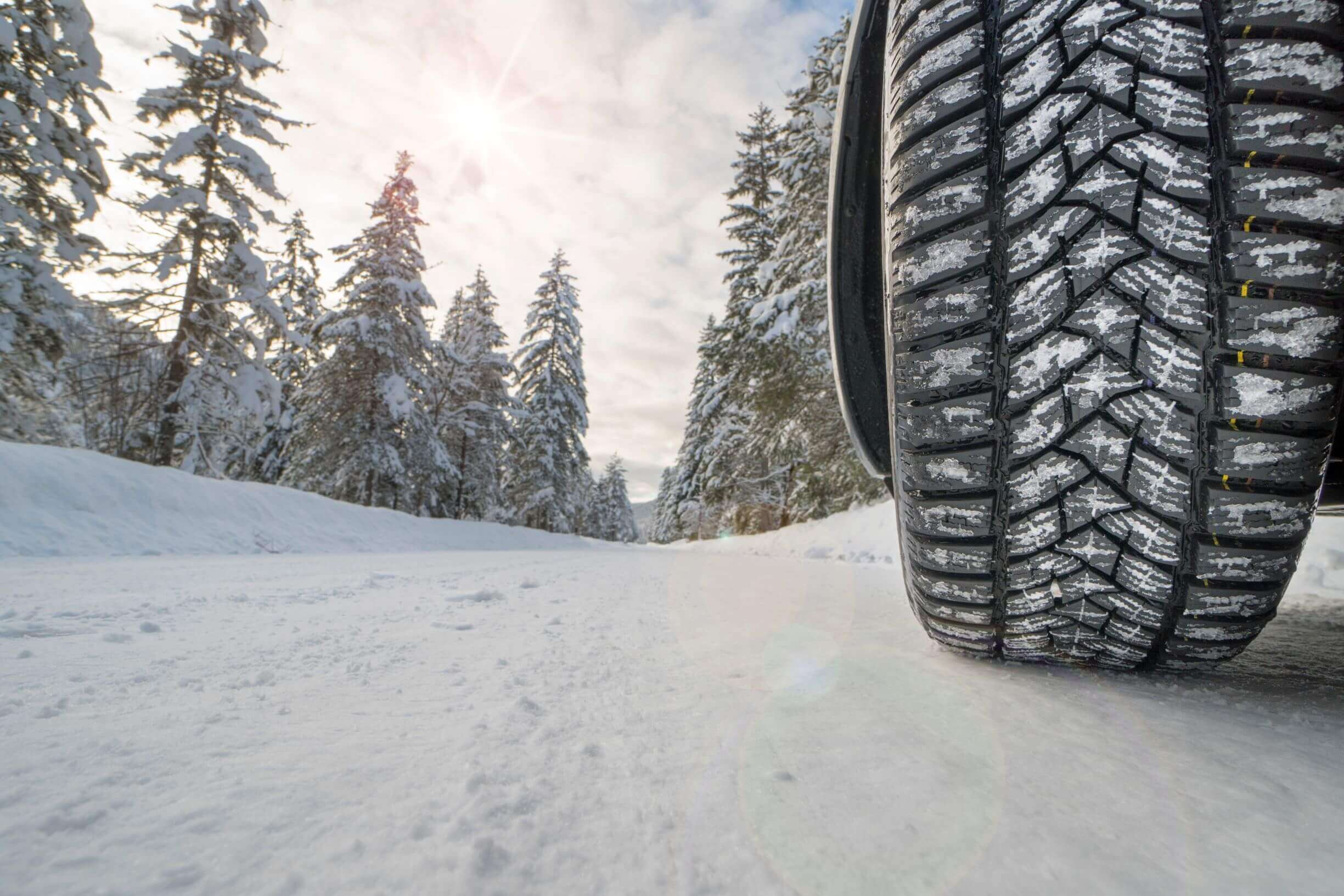 By John McEvoy, P.Eng.
By John McEvoy, P.Eng.
Living in Canada, we get used to dealing with cold weather for many months of the year and are no strangers to driving in winter conditions. That also means that most people understand and account for the hazards experienced when driving in cold weather. But having dealt with the same winters every year also means we can get complacent. Having your tires swapped from summer to winter, checking that your block heater is still working, and making sure you have a fully charged battery are just some ways you can prepare for the harsh conditions.
In milder winters, as temperatures fluctuate around 0°C, the snow will experience freeze/thaw cycles. This means ice forms with a layer of water overtop, causing slippery conditions on roadways, especially in residential areas where the roads do not receive the same level of sand or salt treatment as the major thoroughfares. These slippery hazards can catch drivers off-guard, making it harder to stop and leading to rear-end collisions.
When we have colder conditions, the hazards are similar, but the signs may not be so obvious. The snow and ice become packed into a thick layer and create a slippery road surface that tends to get worse with use. As drivers frantically spin their wheels trying to get traction at intersections, the friction from the spinning tires melts the top layer of snow, which freezes shortly after, creating a new top layer of ice. Then the next set of approaching drivers have a fresh layer of ice they need to stop on, and as they leave the intersection the cycle repeats, leaving vehicles vulnerable to low-speed impacts.
But slippery roads aren’t the only things caused by cold weather; even your vehicle’s exterior is susceptible to the harsh Canadian winters. Plastic exterior fixtures such as grill fins, bumper covers, side-view mirrors, and plastic trim become more brittle and easily broken. Plastic bumper covers that would normally flex and slide, then return to normal during a low-speed impact can crack and fracture, requiring them to be repaired or replaced and increasing the total cost of repairs incurred. It may also give minor collisions the appearance of being more serious than they actually are. Based on the observed damage, a collision reconstructionist can comment on the severity of the incident, and we can complete biomechanical evaluations to assess injury potential.
Other weather conditions can be a significant contributory factor in a collision. A driver might do everything right and still be caught by a gust of wind that overcomes the tire traction and pushes their vehicle into the ditch or even into oncoming traffic.
CEP Forensic’s Collision Reconstruction team members are no strangers to these types of low-speed collisions and can help determine what played a significant role in an incident. Utilizing site examinations and surveying the damage to vehicles, along with historical weather research and digital data from a vehicle’s Event Data Recorder, we can help paint you a picture as to what happened in the moments leading up to an accident.
